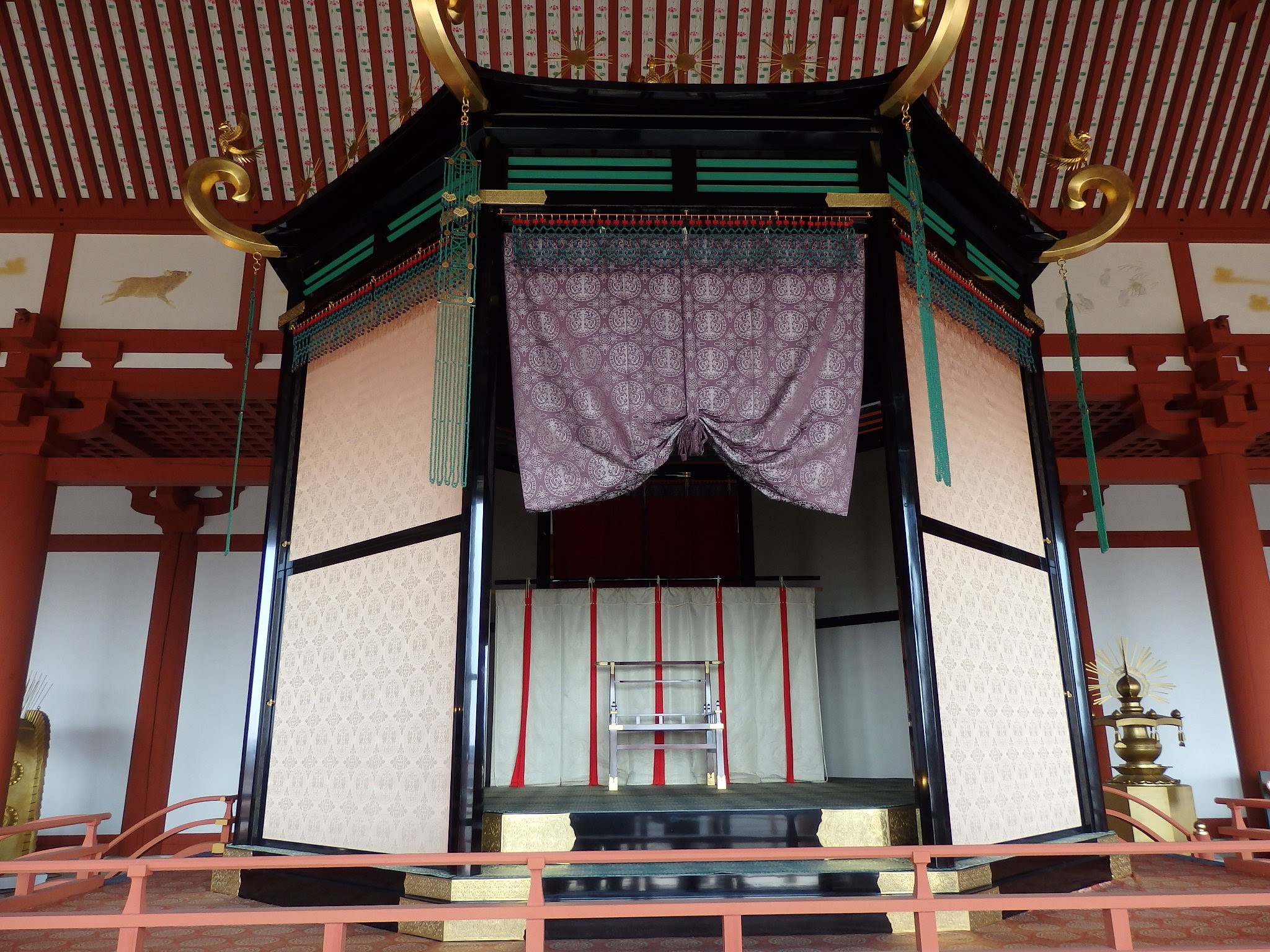 From the founding of the second warrior government, later known as Muromachi Bakufu (1336–1573), the Ashikaga shoguns drew their legitimacy from their service and close association with the Japanese emperor, exemplified by the exclusive right to use an imperial symbol – paulownia – as the Ashikaga crest. At the same time, the Ashikaga shoguns became the first warrior leaders in Japanese history to be officially invested as “Kings of Japan” by a foreign sovereign, the Chinese emperor, and used this status and kingly regalia to engage in diplomatic relations with Ming China and Joseon Korea. This unprecedented proximity to monarchs in Japan and East Asia caused scholas to deem the Ashikaga as having monarchical ambitions themselves. However, the question as to why the shoguns pursued separate avenues of appropriating domestic and foreign imperial symbolism remains open. In this talk, Dr Polina Barducci will focus on religious, court and diplomatic ritual from the late fourteenth to the first half of the fifteenth century and will explore how the Ashikaga shoguns engaged with the Japanese and foreign sovereign power. Building on her analysis of Ashikaga’s deployment of certain groups of military governors (shugo) for each type of ritual, Dr Barducci will present her theory of dual sovereign power symbolism to explain the foundations of Ashikaga legitimacy. This theory challenges our previous understanding of Muromachi Japan operating as a unified state in the fifteenth century and offers a new vantage point for reconsidering political borders in premodern East Asia.
From the founding of the second warrior government, later known as Muromachi Bakufu (1336–1573), the Ashikaga shoguns drew their legitimacy from their service and close association with the Japanese emperor, exemplified by the exclusive right to use an imperial symbol – paulownia – as the Ashikaga crest. At the same time, the Ashikaga shoguns became the first warrior leaders in Japanese history to be officially invested as “Kings of Japan” by a foreign sovereign, the Chinese emperor, and used this status and kingly regalia to engage in diplomatic relations with Ming China and Joseon Korea. This unprecedented proximity to monarchs in Japan and East Asia caused scholas to deem the Ashikaga as having monarchical ambitions themselves. However, the question as to why the shoguns pursued separate avenues of appropriating domestic and foreign imperial symbolism remains open. In this talk, Dr Polina Barducci will focus on religious, court and diplomatic ritual from the late fourteenth to the first half of the fifteenth century and will explore how the Ashikaga shoguns engaged with the Japanese and foreign sovereign power. Building on her analysis of Ashikaga’s deployment of certain groups of military governors (shugo) for each type of ritual, Dr Barducci will present her theory of dual sovereign power symbolism to explain the foundations of Ashikaga legitimacy. This theory challenges our previous understanding of Muromachi Japan operating as a unified state in the fifteenth century and offers a new vantage point for reconsidering political borders in premodern East Asia.
Dr Polina Barducci is Postdoctoral Research Associate at the Department of East Asian Studies, University of Cambridge. Prior to her current appointment, Dr Barducci held postdoctoral positions at the University of Tokyo and Lund University. She taught part-time at Ritsumeikan Asia Pacific University and gave guest lectures as an invited speaker at Kokugakuin University and Ghent University. Dr Barducci is an affiliated researcher at the Historiographical Institute, the University of Tokyo, working on the Project “Translation of Ancient and Medieval Legislative Historical Sources and Glossary Development”. Her research interests lie within the sphere of power symbolism and how it affects governance and the struggle for authority in premodern Japan. Dr Barducci has focused on the warrior governments from the late fourteenth to the sixteenth centuries, when warrior leaders came into power and co-ruled with traditional authority, namely the emperor and the imperial court. Her latest publications include ‘Justice in an Age of Lawlessness? Miyoshi Nagayoshi, a Disputed Warlord from the Sixteenth Century’, Studia Orientalia 124 (2023) and ‘Spirituality in Response to Crisis: Ashikaga Yoshimochi’s Foreign Policy in East Asia’, Japan Review 40 (forthcoming in 2025).
